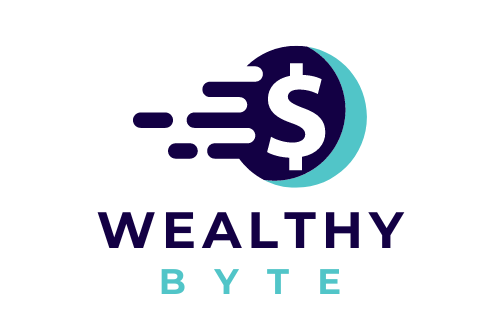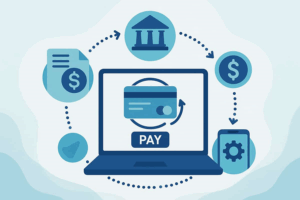
As we all can now see in real-time, cryptocurrency is no longer a niche topic, and in fact, it’s changing how we all think about money.
For reference, the countries in Central, Northern, and Western Europe saw an average growth rate of 44% year-over-year (YoY) in crypto activity between July 2023 and June 2024.
With this type of growth, stablecoins like USDT are playing an increasingly important role in connecting traditional finance and crypto assets.
But what exactly is the difference between USDT and USD?
Whether you’re a crypto enthusiast or simply curious, this guide will clear things up.
And if you’re a business exploring crypto, a cryptocurrency payment gateway can help you make the transition seamless.
What Is USD?
USD is simply how the United States dollar is known online, or when people reference currency.
As we know, it is established by the U.S. government and it is issued and regulated by the Federal Reserve.
USD is used for everything from global trade, business transactions, and everyday purchases.
Main Features of USD:
- Centralized and regulated by the Federal Reserve
- Backed by the full faith and credit of the U.S. government
- Tangible (cash) and digital forms are widely accessible
- The most important fiat currency in the world
USD is much more stable compared to most other currencies due to its regulated nature and the economic influence of the United States.
What Is USDT?
USDT, aka Tether, is a stablecoin that operates on blockchain technology.
It is pegged (held) to be the same price as the U.S. Dollar at a 1:1 ratio, meaning 1 USDT is designed to equal 1 USD.
The idea behind USDT is to offer the stability of dollars while also enjoying the benefits of cryptocurrencies, such as speed and decentralization.
How USDT Works:
USDT is issued by a company called Tether Limited, which claims to hold reserves equivalent to the circulating USDT supply.

It operates on multiple blockchain networks, such as Ethereum, Tron, and Solana, making it accessible for everyone.
USDT combines the best of both worlds, the stability of fiat currency and the flexibility of crypto assets.
Key Differences Between USDT and USD
While USDT and USD technically have the same value, they’re different in several key ways such as:
Regulation and Control:
- USD is centralized and regulated by the Federal Reserve and U.S. government.
- USDT is issued by a private company (Tether Limited) and uses decentralized blockchain networks.
Physical vs. Digital:
- USD exists in both physical (cash) and digital forms.
- USDT is completely digital and exists only on blockchains.
Usability:
- USD requires access to banks and financial institutions.
- USDT can be sent and received globally without middlemen, as long as you have a crypto wallet.
Transaction Speed:
- USD transactions, especially international ones, can take days to process.
- USDT transactions are often completed within minutes, regardless of location.
Usage:
- USD is widely accepted in everyday transactions worldwide.
- USDT is mainly used for crypto trading, DeFi platforms, and cross-border payments.

USD vs USDT: Advantages and Disadvantages
USD Advantages
- Accepted almost everywhere for everyday transactions
- Supported and regulated by the US government
- Stable and reliable
USD Disadvantages
- Limited speed for international payments
- Requires middlemen like banks for transfers
- Physical cash can be lost or stolen
USDT Advantages
- Fast international transactions
- Low fees for payments
- Stable compared to other cryptos
- No need for banks or intermediaries
USDT Disadvantages
- Not regulated to the same level as USD
- Depends on Tether’s claim of sufficient reserves
- Not accepted in most physical stores
When to Use USD vs. USDT
You should use USD for everyday purchases, paying bills, and situations requiring cash or traditional financial systems.
You should use USDT for cryptocurrency trading, fast international transfers, or as a stable store of value within the crypto ecosystem.
For businesses operating globally or online, USDT offers an easy way to bypass currency conversion fees and delays.
On the other hand, the US dollar (USD) still remains king in traditional commerce and daily life.
Conclusion
While USD and USDT may share a 1:1 value, their differences make each suited for different use cases.
USD is the backbone of the global financial system, offering unmatched stability and universal acceptance.
Meanwhile, USDT bridges the gap between fiat and crypto, enabling fast, borderless, and cost-effective transactions.















